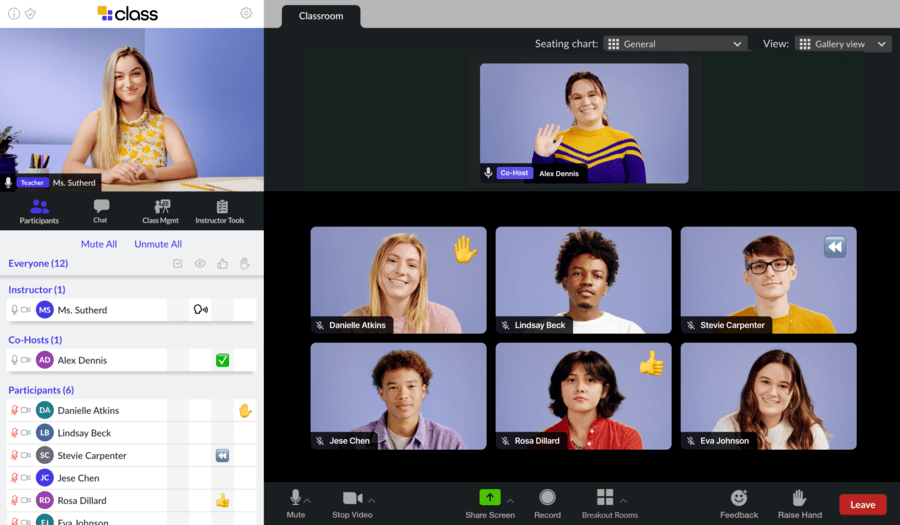
Mike Lovell is the SVP of Marketing at Class. He has dedicated his career to technology and the applications that can innovate the way people live and learn.

Mike Lovell is the SVP of Marketing at Class. He has dedicated his career to technology and the applications that can innovate the way people live and learn.

The higher education landscape continues to recover from the effects of the COVID-19 pandemic, with community colleges feeling the heat the most: For this population, enrollment has been down 14.8 percent since 2019.
However, hope is on the horizon. Two-year college administrators see positive trends from the inclusion and enhancement of their online learning offerings as a proven strategy to boost enrollment and improve student outcomes.
Let’s consider some recent data on the benefits of digital options in community colleges from Class, a platform for online education for K-12, higher education, and the workplace.
On average, community college students don’t fit the notion of the “traditional undergraduate student” who is fresh from high school graduation, enrolling full time, and probably living on campus. Of the more than 7.5 million students enrolled in community colleges around the country, more than 60 percent have full-time jobs, 40 percent come from families who make less than $50,000 a year, and they’re older, with an average age of 28.
In short, time and money are increasingly essential resources to this group.
Online education gives community college students the chance to gain their degree on their schedule, which is incredibly important for those who are supporting families while they learn. And they can be cost-saving measures, too; 80 percent of public colleges and 96 percent of private ones offer their online programs for less than their on-campus offerings.
Digital learning is a great asset for community colleges when offered properly, which brings us to our next point…
Many community colleges were early adopters of online education—in fact, by 2007, 97% of community colleges were already providing online courses. However, that doesn’t mean that the courses were or are meeting students’ expectations: By some estimates, online courses have retention rates that are 10–20 percent lower than traditional classes.
To safeguard against this issue, community colleges should have a plan for engaging and involving online students as much as possible—no small feat when nationwide staffing shortages mean fewer employees to help run and monitor these complex programs.
Online platforms designed to facilitate digital learning can be absolute lifesavers here. Class offers a host of value-added features designed with both students and administrators in mind, including:

This is just the tip of the iceberg for leveraging online learning as a growth tool for community colleges. Want to learn more? Download our eBook, “The Future of Community Colleges: How to Boost Enrollment and Improve Student Outcomes With Online Learning,” today.

Mike Lovell is the SVP of Marketing at Class. He has dedicated his career to technology and the applications that can innovate the way people live and learn.

Mike Lovell is the SVP of Marketing at Class. He has dedicated his career to technology and the applications that can innovate the way people live and learn.
Get our insights, tips, and best practices delivered to your inbox

Sign up for a product demo today to learn how Class’s virtual classroom powers digital transformation at your organization.

Features
Products
Integrations